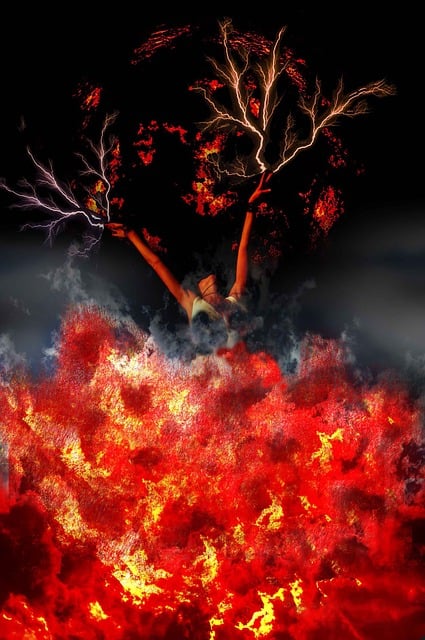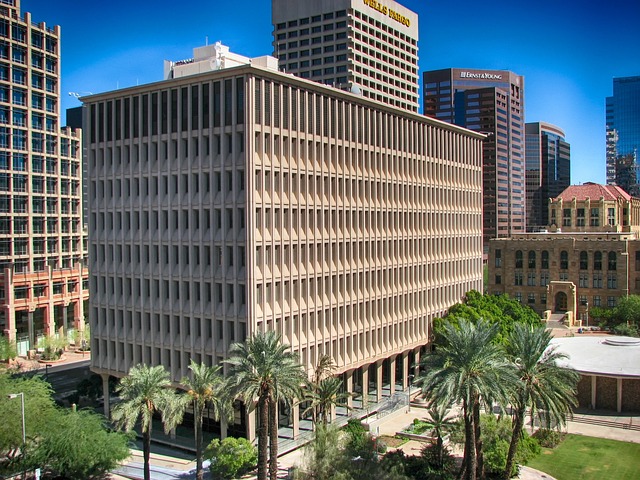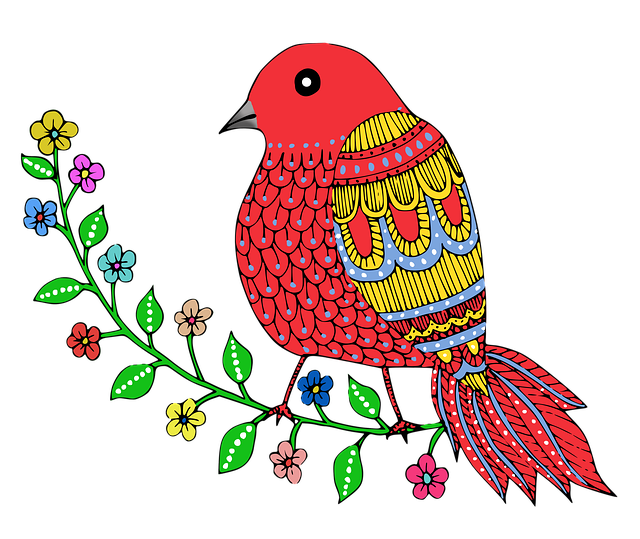Cultural hubs are revitalizing urban real estate globally, as developers and local authorities collaborate to create diverse artistic spaces like galleries, performance arts venues, workshops, and co-working areas. These hubs enhance city aesthetics, stimulate economic growth through talent attraction, tourism, and investment, and drive real estate development in formerly neglected areas. Art districts worldwide are attracting investors and artists, fostering vibrant communities, boosting local economies, and increasing property values, solidifying their status as global centers of creativity and innovation.
In today’s vibrant urban landscape, cultural hubs and diverse art districts are reshaping real estate dynamics. The rise of these creative hotspots, driven by a fusion of artistic expression and urban development, has made them magnets for investors and artists alike. This article explores how these dynamic spaces not only foster creativity but also transform neighborhoods and property values, offering a compelling case study in the intersection of art and real estate.
The Rise of Cultural Hubs in Urban Real Estate

In recent years, there’s been a noticeable shift in urban real estate, with cultural hubs emerging as vibrant centers of artistic expression and community engagement. This transformation is driven by a growing recognition of the intrinsic value that art and culture bring to cities. Real Estate developers and local authorities are increasingly collaborating to create spaces that cater to diverse artistic disciplines, from galleries and performance arts venues to workshops and co-working spaces for artists. These cultural hubs not only enhance the aesthetic appeal of urban landscapes but also foster economic growth by attracting talent, tourists, and investors alike.
The integration of art into real estate development has proven to be a game-changer, revitalizing once-neglected areas and promoting sustainable urban living. As cities compete for cultural relevance, the rise of these hubs reflects a conscious effort to position themselves as global centers of creativity and innovation. This trend is particularly evident in metropolises worldwide, where the fusion of property and culture is reshaping urban landscapes, creating dynamic spaces that cater to both residents and visitors seeking enriching experiences beyond mere housing.
Diverse Art Districts: A Magnet for Investors and Artists Alike

Diverse art districts have become magnets for investors and artists alike, revolutionizing urban landscapes worldwide. These vibrant communities, teeming with creative energy, offer more than just aesthetically pleasing spaces; they represent thriving ecosystems where real estate values are significantly influenced by artistic vibrancy. Galleries, studios, and cultural venues not only enhance the aesthetic appeal of an area but also attract a diverse range of residents, fostering a rich cultural tapestry.
Investors recognizing this trend are increasingly focusing on art districts as lucrative opportunities. The influx of artists brings life and investment to once-neglected areas, driving real estate market growth. As these districts become renowned for their artistic prowess, property values soar, making them desirable locations for both living and business. This symbiotic relationship between artists and investors contributes to the dynamic nature of urban art scenes, ensuring their longevity and continued appeal.
How Art Spaces Transform Neighborhoods and Property Values

Art spaces have a profound impact on transforming neighborhoods, fostering vibrant communities, and enhancing property values in real estate markets. When established, these creative hubs attract artists, galleries, and cultural events, bringing life and energy to once quiet areas. The presence of art spaces can revitalize urban landscapes, creating a sense of destination and allure that draws in locals and tourists alike. This influx of foot traffic and cultural activities stimulates local economies, with businesses often thriving in these artistic districts.
Neighborhoods known for their diverse art districts become sought-after locations for residents and investors. The increased desirability elevates property values, making real estate in these areas more valuable and attractive. Artists’ studios, galleries, and cultural venues contribute to the unique character and identity of a place, encouraging a sense of community and pride among residents. As a result, these districts become not just artistic centers but also desirable places to live, work, and visit, further solidifying their economic and cultural significance within the city fabric.






